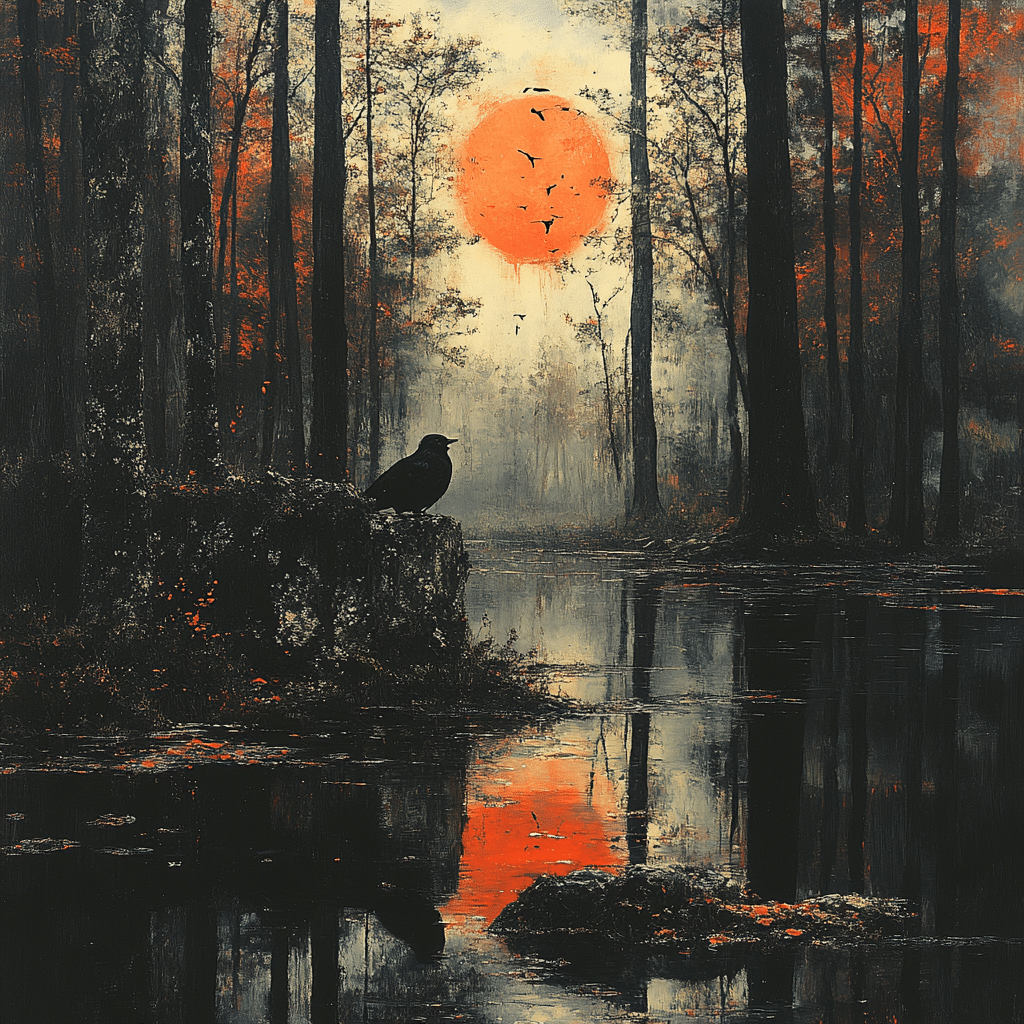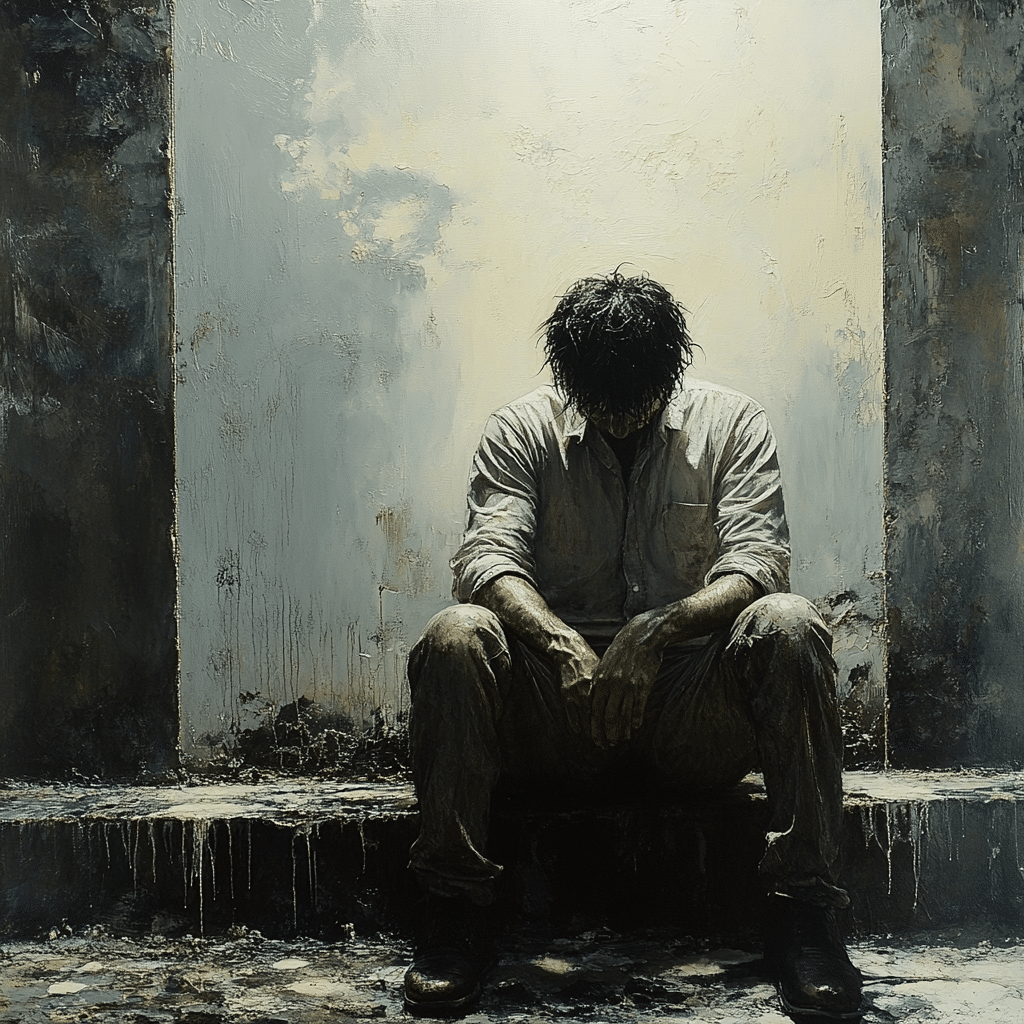The Legacy of Willie McBride in Folk Music
Willie McBride, a name immortalized in Eric Bogle’s poignant song “No Man’s Land”—also known as “The Green Fields of France”—continues to haunt and inspire generations of listeners. The song, written in 1976, captures the anguish and futility of war through emotive storytelling that strikes a chord with anyone who hears it. This deep dive into McBride’s story reveals a rich tapestry of history, emotion, and remembrance that has woven itself into the very fabric of folk music. But who was Willie McBride? How did he become such a symbolic figure, resonating across decades?
Contrary to popular belief, Willie McBride may not refer to a single real-life soldier but instead serves as a representation of many young men who died in WWI. It’s a touching tribute to those countless lives lost, aiming to put a face and name to their ultimate sacrifice. According to historian John Raven, the surname McBride was chosen to symbolize these soldiers, making the story even more poignant and meaningful.
The Real Willie McBride: Unraveling the Mystery
Piecing together the life of the real Willie McBride reveals Private William McBride from Lislea, Armagh. This young man was killed on April 22, 1916, and is buried in Authuille Military Cemetery in northern France. He served with the 9th battalion of the Royal Inniskilling Fusiliers, and although his life was short, his story has had an immense impact. County Armagh historian Trevor Geary discovered a notable discrepancy: McBride was 21, not the “only 19” as Bogle’s lyrics suggest, adding another layer of complexity to his legacy.
Private William McBride hailed from a Presbyterian family and had aspirations of becoming a cobbler. Before the war, he was involved in the ‘shoe trade,’ a path that war tragically interrupted. This ordinary man’s journey from cobbler’s apprentice to wartime casualty highlights the brutal disruption of everyday lives wrought by conflict.

| Aspect | Details |
| Full Name | Private William McBride |
| Date of Birth | Exact date unknown |
| Place of Birth | Lislea, Armagh, Ireland |
| Date of Death | April 22, 1916 |
| Age at Death | 21 years (discrepancy noted with song claiming 19 years) |
| Military Service | 9th Battalion, Royal Inniskilling Fusiliers |
| Grave Location | Authuile Military Cemetery, Somme region, Northern France |
| Family Background | Presbyterian family, regular attendee of Temple Presbyterian Church |
| Pre-war Occupation | Aspiring cobbler, involved in the ‘shoe trade’ as a teenager |
| Historical Research | County Armagh historian Trevor Geary researched Willie’s life |
| Song Association | “No Man’s Land” (also known as “The Green Fields of France” or “Willie McBride”) |
| Songwriter | Eric Bogle, 1976 |
| Song Theme | Reflection on the grave of a young man who died in World War I |
| Cultural Impact | The song has increased awareness and memorialization of WWI soldiers like Willie McBride |
“No Man’s Land”: Examining the Lyrics and Their Impact
Eric Bogle’s “No Man’s Land” employs vivid imagery and powerful lyrics to craft a ballad that transcends time. The song imagines a conversation with Willie McBride, using lines like “Did they beat the drums slowly? Did they play the fife lowly?” to evoke the stark rituals of military burials. These lyrics make listeners confront the personal toll of war and the individual lives affected.
The song has resonated widely, with covers by notable artists like The Fureys, Dropkick Murphys, and even former British Prime Minister Tony Blair. Its enduring appeal underscores its status as a powerful anti-war anthem, respected and revered across generations.
Unveiling the “Caledonia Lyrics”: Scottish Connections
While “No Man’s Land” pays tribute to a universal soldier, another song, “Caledonia” by Dougie MacLean, similarly captures emotional resonance. The “Caledonia lyrics” express a profound love for Scotland, touching themes of identity and belonging. It is worth noting that Eric Bogle, though a Scotsman by birth, moved to Australia, bridging themes of homeland and migration. This Scot-Australian connection enriches his music, adding layers of emotional depth to his songs.
“Caledonia” and “No Man’s Land” reflect similar yearnings for home and serve as poignant reminders of what is lost through the horrors of war.

Willie McBride in Popular Culture: Influence and Tributes
Willie McBride’s narrative extends beyond music, permeating various aspects of popular culture. The 2014 film “Testament of Youth” mirrors many themes from “No Man’s Land,” depicting the anguish and losses of World War I. Such works continue to draw inspiration from McBride’s story, keeping his memory alive.
Moreover, during annual memorial events at the Thiepval Memorial in France, “No Man’s Land” is often played as a tribute. These ceremonies highlight the song’s role in helping us remember the war’s vast human cost.
The Trenches: Revisiting World War I Memorials
Touring WWI battlefields, cemeteries, and memorials vividly reminds us of the soldiers’ sacrifices. Locations like the Somme, Verdun, and Ypres serve as solemn markers of the war’s brutality. Guided tours of these sites often include stories like that of Willie McBride, weaving individual narratives into the broader historical context. Such excursions are increasingly popular among descendants and history enthusiasts seeking to connect with the past.
These memorial visits offer rich educational experiences, prompting reflection on the tragic consequences of conflict and the enduring need for peace.
The Personal Touch: Voices of Descendants
Speaking with descendants of WWI soldiers reveals how deeply “No Man’s Land” resonates on a personal level. Alastair McBride, a great-nephew of a soldier named McBride who fought in the war, shares the song’s emotional impact on his family. These heartfelt anecdotes underline the song’s power to touch lives and preserve history.
By interweaving personal stories with the broader historical narrative, “No Man’s Land” connects listeners to real-life experiences, keeping memories of the fallen alive.
Legacy and Preservation: The Future of War Remembrance through Music
Delving into the story of Willie McBride illustrates how “No Man’s Land” functions as more than a song—it is a living memorial. Efforts to preserve these stories through digital archives, heritage projects, and educational programs ensure that the legacy of soldiers like McBride continues to inform and inspire future generations. This song stands as a testament to the power of music in fostering remembrance and reflection.
The tale of Willie McBride serves as a heartfelt reminder of the sacrifices made in war and the importance of peace. As we move forward, shared stories and songs like “No Man’s Land” preserve our past and encourage a more compassionate future. Each time we listen, we honor the memory of those who came before us, ensuring their stories remain vibrant and remembered.
Willie McBride: The Soldier Behind the Song
Ever wondered about Willie McBride, the soldier immortalized in the song “No Man’s Land” by Eric Bogle? Well, let’s dive into some interesting facts and trivia about the man behind the name and the era he lived in.
History and Misconceptions
Did you know there were multiple soldiers named Willie McBride enlisted during World War I? Trying to determine the real Willie McBride is like trying to pinpoint the average mortgage rate – not an easy feat! Many historians have speculated, but none can confirm his true identity.
Cultural Impact
The song “No Man’s Land,” also known as “The Green Fields of France,” has deeply resonated with listeners. It’s intriguing to think how different cultures adopt and interpret allusions within songs. For example, just as diverse groups might interpret blessed Friday Images differently, they also bring varied emotions to the understanding of Willie McBride’s story.
Strange Coincidences
In a curious twist, there is an odd connection between the forgotten soldiers of World War I and non-traditional commemoration methods. Just as women have been innovating with tools like the Women urinal for modern convenience, our methods of remembering war heroes evolve. If you take a moment to ponder this, the evolution from grand monuments to songs and poetry reflects our changing relationship with the past.
Modern Connections
Even today, the memory of soldiers like Willie McBride is kept alive, similar to how we keep cherished traditions going. It’s fascinating how something as seemingly mundane as calculating your mortgage payment on a simple mortgage payment calculator or browsing books at Sainsbury’s can bring a sense of tradition and continuity into our everyday lives.
So, next time you hear the poignant strains of “No Man’s Land,” remember there’s more to Willie McBride than just his name in the lyrics. His memory, like an intricate piece of history, is woven into the fabric of our cultural consciousness.

Who was Willie McBride in real life?
Willie McBride was Private William McBride from Lislea, Armagh. He served in the 9th battalion of the Royal Inniskilling Fusiliers and was killed on April 22nd, 1916, during World War I. He aspired to be a cobbler before joining the military.
Is The Green Fields of France an Irish song?
No, “The Green Fields of France” isn’t an Irish song. It was written in 1976 by Eric Bogle, a Scottish-born Australian folk singer-songwriter.
What religion was Willie McBride?
Willie McBride was from a Presbyterian family and likely attended mass at Temple Presbyterian Church.
Where was Willie McBride buried?
Willie McBride is buried in Authuile Military Cemetery, located in the Somme region of northern France.
How old was Willie McBride when he died?
Willie McBride was actually 21 years old when he died, not 19 as mentioned in the song.
What is the message in The Green Fields of France?
The message in “The Green Fields of France” reflects on the futility and sorrow of war, mourning the loss of young soldiers like Willie McBride.
Who wrote the song “Green Fields”?
“Green Fields” has been written by Eric Bogle, a folk singer-songwriter known for his poignant and reflective lyrics.
Why is green an Irish color?
Green became associated with Ireland because it’s the lush green landscape the country is famous for. It also represents Irish nationalism and the country’s historical associations with Saint Patrick and the Irish Rebellion.
Who sings “No Man’s Land”?
Eric Bogle originally recorded “No Man’s Land.” Many other artists, including The Fureys, have also performed it.
Who said “get your retaliation in first”?
“Get your retaliation in first” is attributed to Willie John McBride, a famous rugby player known for his strategic on-field advice.
What is the Irish song about World War 1?
The Irish song about World War 1 is “The Green Fields of France,” also known as “No Man’s Land” or “Willie McBride.”
Is Willie John McBride a Catholic?
Yes, Willie John McBride is a Catholic. He is renowned for his rugby career and contribution to the sport.
Why is Willie McBride famous?
Willie McBride is famous because of the song “The Green Fields of France” which commemorates his death and serves as a poignant reminder of the human cost of war.
What is the song Green Fields of France anti war?
“The Green Fields of France” is considered an anti-war song. It laments the loss of young lives and questions the purpose and worth of war.
Where was Virgil Earp buried?
Virgil Earp is buried in Portland, Oregon.
Where does Willie John McBride live now?
Willie John McBride, the rugby legend, lives in Northern Ireland. He remains actively engaged in the rugby community and various charitable activities.
What did Willie John McBride do for a living?
Willie John McBride was a professional rugby player who had an illustrious career, primarily with the British and Irish Lions.
Was Clyde McBride adopted?
There’s no well-known information about Clyde McBride being adopted, so it’s likely he wasn’t.
What is the Irish folk song about ww1?
The Irish folk song about World War 1 is “The Green Fields of France,” also known as “No Man’s Land” or “Willie McBride.”



